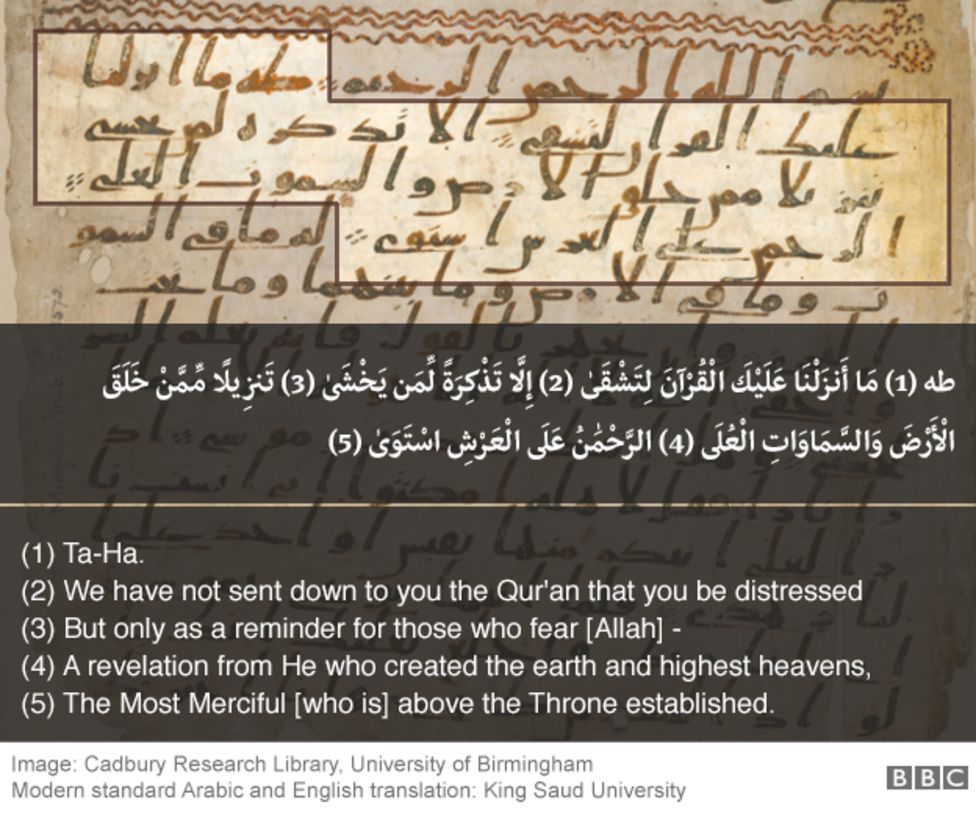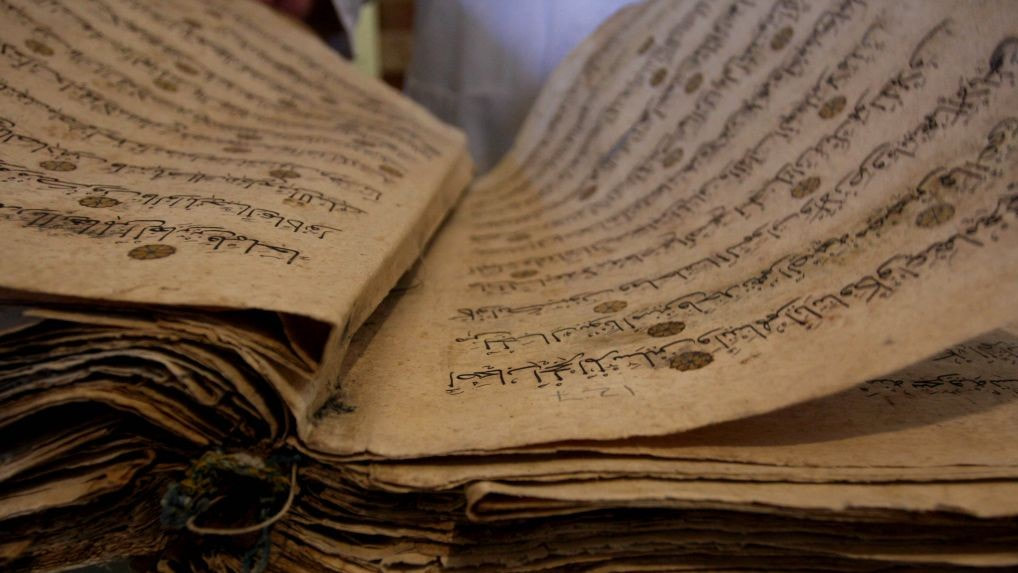Why was the Quran recited in 7 dialects? The tribes at the time of Prophet Muhammad ﷺ did not speak Arabic in the same ahruf (dialect). Many tribes had different ways of reciting Arabic words and Quran addressed them in their individual dialects while at the same time delivering the same message. This was one of the literary and linguistic miracles of this book for Arabic speakers who received in the first instance. Hence the following authentic hadith mentions the satisfaction displayed by the Prophet ﷺ after hearing that Allah ﷻ permitted the Quran to be recited in seven dialects. It is recorded in Sahih of Imam Muslim that Ubayy b. Kaab reported that the Messenger of Allah ﷺ was near the tank of Banu Ghifar that Archangel Gabriel (alaihi salaam) came to him and said: "Allah has commanded you to recite to your people the Quran in one dialect." Upon this he said "I ask from Allah pardon and forgiveness. My people are not capable of doing it." He then came for the second time and said "Allah has commanded you that you should recite the Quran to your people in two dialects." Upon this he (the Holy prophet) again said "I seek pardon and forgiveness from Allah, my people would not be able to do so." He (Gabriel) came for the third time and said "Allah has commanded you to recite the Quran to your people in three dialects." Upon this he said "I ask pardon and forgiveness from Allah. My people would not be able to do it." He then came to him for the fourth time and said "Allah has commanded you to recite the Quran to your people in seven dialects, and in whichever dialect they would recite, they would be right."[1] It is said that these 7 dialects (ahruf) belong to the following seven tribes: Quraysh, Hudhayl, Thaqeef, Hawaazin, Kinaanah, Tameem and a tribe of Yemen. The wisdom behind this was that the Quran in seven different dialects made its recitation and memorization much easier for the local tribes. After the passing away of the Prophet ﷺ, Islam spread to other regions including non-Arabs and these dialects also came to be spread due to the fact that his companions who recited them went to different regions to teach and instruct the new Muslims. Each region adopted a style of recitation based on a dialect (harf) that the companion recited in. During the rule of Uthman ibn Affan (r.a) he received news that Muslims around the Islamic empire were contending on whose recitation was better. Uthman (r.a) then decided to take measures. By his time the various Quranic dialects had ceased to be of their initial importance. He aimed to eliminate the variant styles of readings (qira’at) which had the potential to cause permanent divisions. He compiled a standardized text which was based on the original Qurayshi dialect (harf), the dialect in which the Quran was revealed to the Prophet ﷺ and which he recited himself. Uthman (r.a) ordered the distribution of this text to the major centers of the Islamic empire. Muslims were encouraged to read this standard edition which did not omit anything from what they were exchanging except for a recitation style. Even though a standard edition was collected and spread across Muslim region and others were collected and burned, that did not affect the original text and their meanings because nothing was omitted from it. Therefore these dialects were the need of the time and environment in which the Quran was being revealed but as Islam spread outside of Arabian Peninsula, they ceased to be of much importance as later Muslims did not have concerns like their early predecessors. An example for illustration The above can be understood better if we compare it with change in the writing style of Quran. Just as the change in recitation styles based on earlier dialects (ahruf) did not impact the meaning of the Quranic words, the writing style of the Quran too evolved yet did not change the meaning. By comparing a page from the earliest scripts of the Quran going back 14 centuries with the same section from a modern printed edition clearly shows a huge difference in writing style with absolutely no difference in meaning. Such as the following: A comparison of a section from modern Quran version (Al Quran 20:1-5) with old fragments in Cadbury Research Library, University of Birmingham dating back to period between 568 and 645 CE:  As you may notice that the diacritical marks (tashkeel) were added by later generations to make recitation more easier and simpler for them and subsequent generations yet according to all experts the meaning and words of the Quran still remain unchanged. Any modern expert in Arabic would have much difficulty in reading the old manuscript writing. However the experts who know how to read and understand old manuscript know what it says. As you may notice that the diacritical marks (tashkeel) were added by later generations to make recitation more easier and simpler for them and subsequent generations yet according to all experts the meaning and words of the Quran still remain unchanged. Any modern expert in Arabic would have much difficulty in reading the old manuscript writing. However the experts who know how to read and understand old manuscript know what it says.At this point it is important to address a concern usually raised by outright critics of Islam that Quran must have been changed due to burning of the remaining dialects. Even though their claim of burning is correct yet they have failed to produce any evidence that the original text and its meaning was changed due to burning. So far they quote the earlier mentioned hadith of seven dialects and claim that there were "seven Qurans" and now only one is left, implying possibility of more than one Quran, which is obviously false. Secondly, they repeatedly mention Uthman’s burning as if he wanted to burn for sake of making changes, which is again, obviously, a false allegation. References: [1] Sunnah.com - Sahih Muslim 821 a [2] 'Oldest' Koran fragments found in Birmingham University, BBC News, By Sean Coughlan, Education correspondent, Published 22 July 2015 - https://www.bbc.com/news/business-33436021 |
Home
»
Answering Christianity
»
Holy Quran
»
Revelation
»
Understanding Islam
»
Understanding Quran
» Background of 7 Ahruf (Dialects) of the Quran
Dari Author
Sangat boleh jadi banyak di antara anda menganggap saya bersikap ofensif karena secara gegabah memasuki wilayah sangat sensitif, yaitu ranah keimanan mayoritas umat Kristen, baik melalui situs ini maupun situs-situs serupa lainnya. Sebenarnya tidak demikian. Saya hanya bereaksi wajar terhadap aksi serupa, bahkan lebih ekstrim, yang dilakukan oleh organisasi, kelompok, maupun individu-individu yang baik secara sendiri-sendiri maupun secara kolektif melancarkan aksi penginjilan, khususnya terhadap umat Islam Indonesia, melalui situs-situs sosial media dengan cara melawan Keputusan Bersama Menag & Mendagri No. 1 Tahun 1979 dan menjungkir-balikkan kandungan Al-Quran, Hadits dan fatwa ulama yang menyelisihi ajaran Islam.
Karenanya, bila ada yang merasa keberatan, maka sebelum secara apriori menuduh saya dengan anggapan yang keliru, sebaiknyanya periksalah lebih dulu situs-situs yang saya maksud. Demikian, semoga dapat dimengerti.
Karenanya, bila ada yang merasa keberatan, maka sebelum secara apriori menuduh saya dengan anggapan yang keliru, sebaiknyanya periksalah lebih dulu situs-situs yang saya maksud. Demikian, semoga dapat dimengerti.
Subscribe to:
Post Comments (Atom)





Post a Comment
Post a Comment